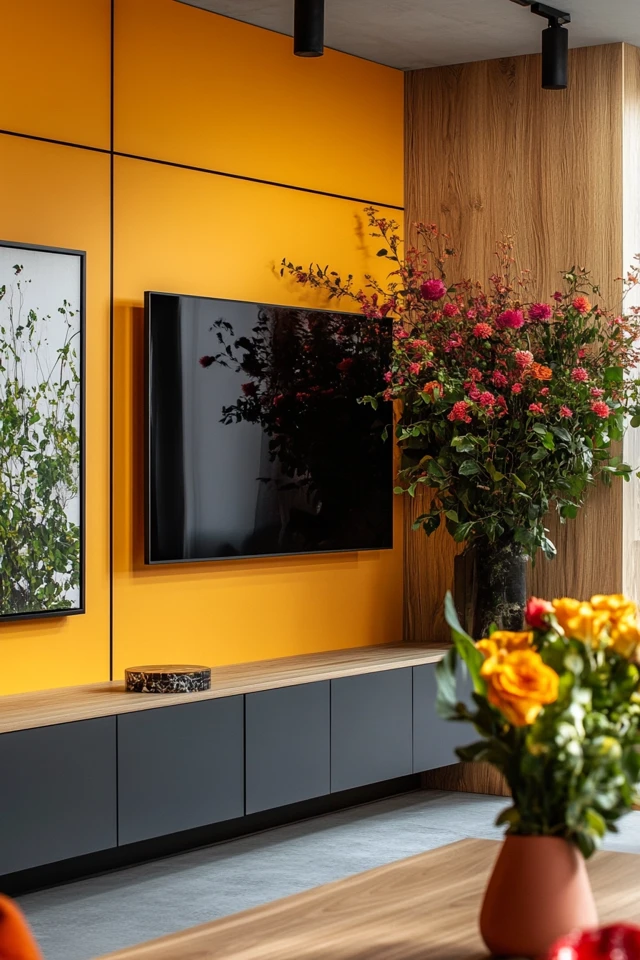Introduction
In today’s dynamic world, where homes often double as offices, gyms, or creative spaces, the demand for adaptable furniture has never been higher. Enter modular furniture: the ultimate solution for versatility, functionality, and style. Designed to be rearranged, added to, or downsized, modular furniture offers endless possibilities to suit your changing needs and spaces. Whether you’re furnishing a small studio apartment or a sprawling living room, modular pieces empower you to create layouts and functions that evolve with your lifestyle.
I remember the first time I invested in modular furniture—a sectional sofa for my living room. Initially, I used it as a single, L-shaped unit for movie nights and entertaining friends. But when I started working from home, I rearranged the modules to create separate seating areas, with one section serving as a cozy reading nook. Over time, I’ve added extra pieces to accommodate larger gatherings, proving that modular furniture is as practical as it is stylish. That experience made me a lifelong fan of furniture that adapts to life’s ever-changing demands.
In this guide, we’ll explore how to use modular furniture to maximize your space and enhance your home’s functionality. From modular sofas and shelving systems to multi-purpose tables and beds, these ideas will help you make the most of your furniture—and your home.
The Perfect Design for You
Modular furniture is perfect for anyone seeking flexibility and efficiency in their home. It’s especially ideal for small spaces, renters who need adaptable solutions, or families whose needs evolve over time.
Imagine a sleek sectional sofa that can be rearranged into a chaise lounge for solo relaxation or split into separate chairs for entertaining guests. Picture a shelving unit that starts as a compact bookcase and grows into a floor-to-ceiling storage wall as your collection expands. These versatile pieces not only save space but also adapt seamlessly to different uses and occasions, making your home feel functional and tailored to your needs.
Whether your style is minimalist, industrial, or eclectic, modular furniture offers a wide range of designs and configurations to suit any aesthetic.
Picture Gallery
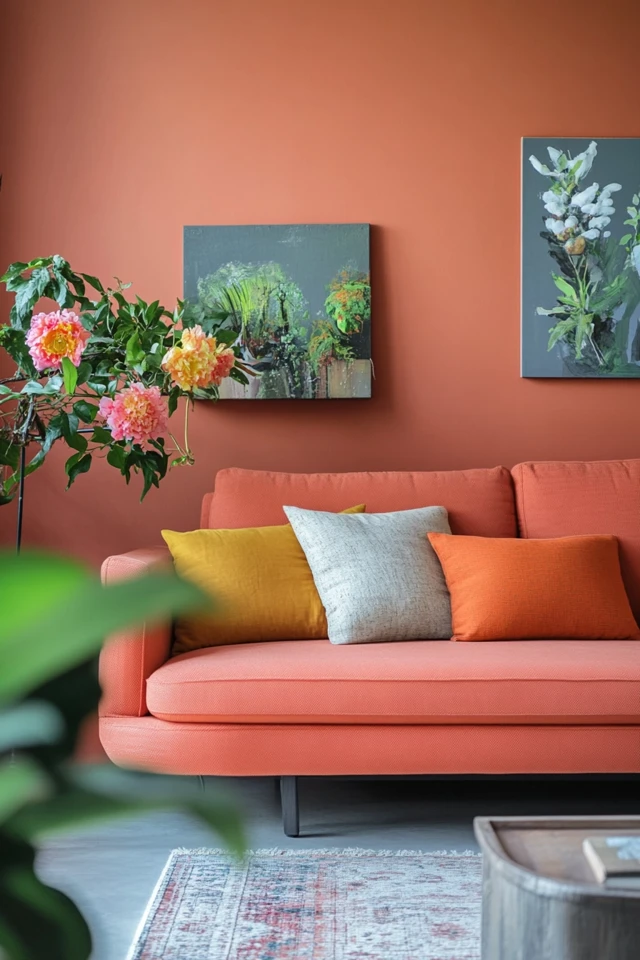
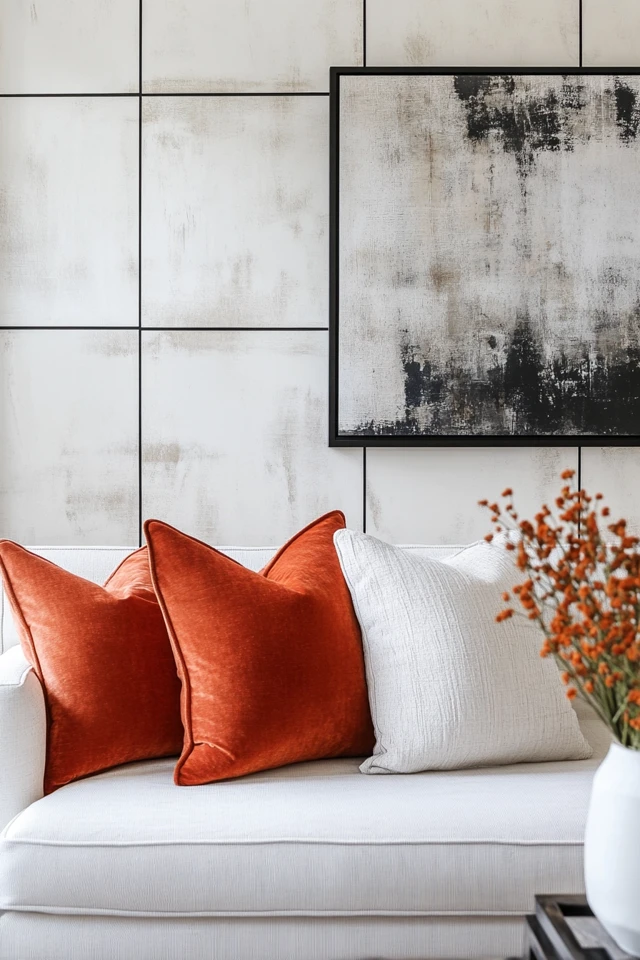
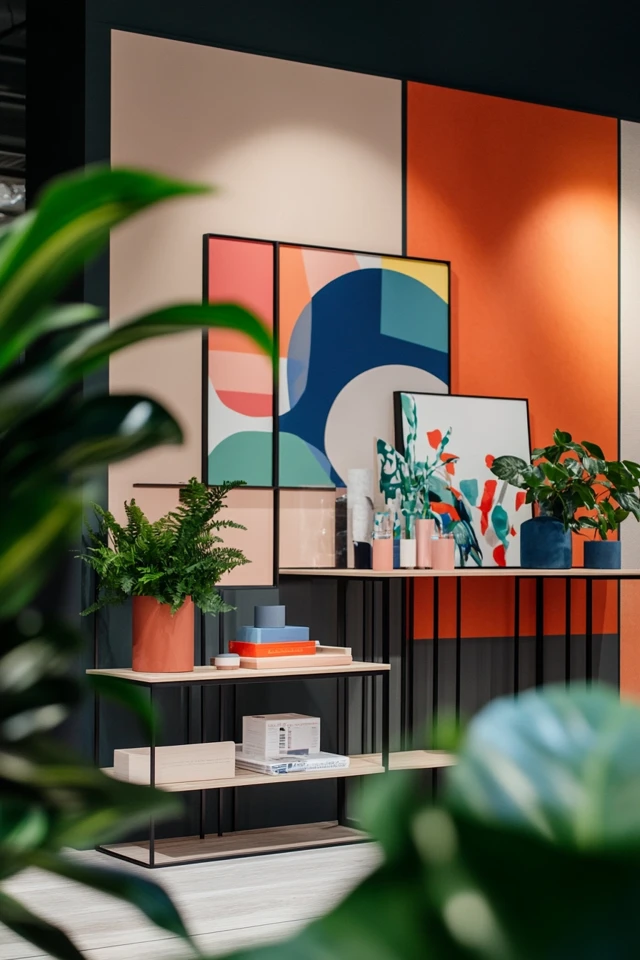
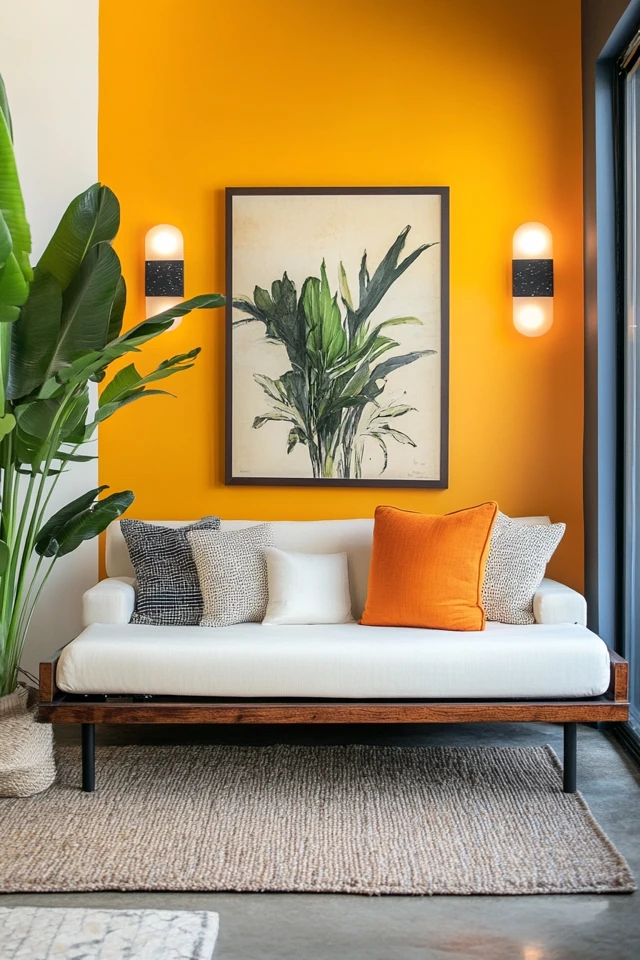
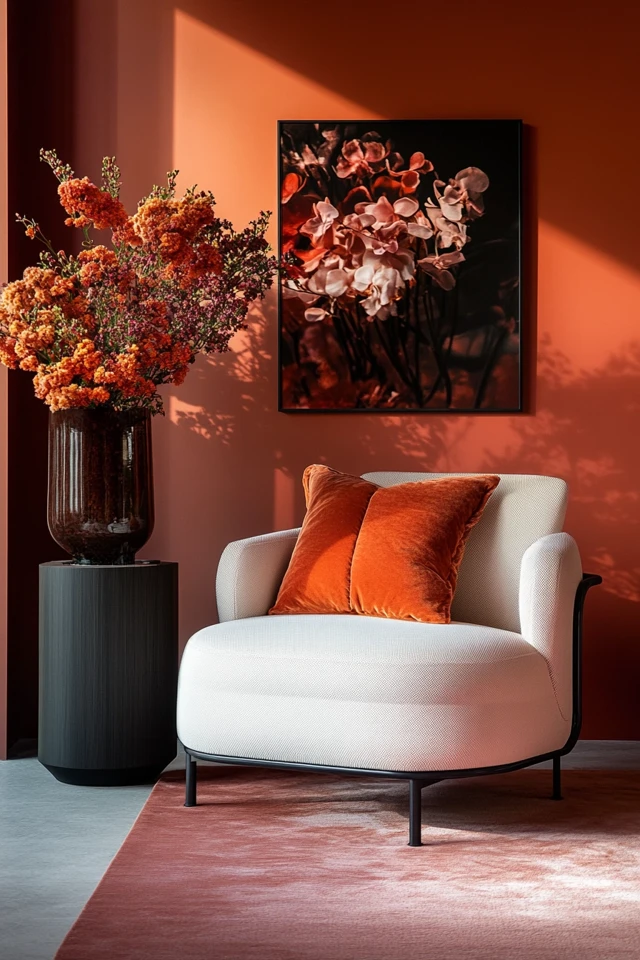
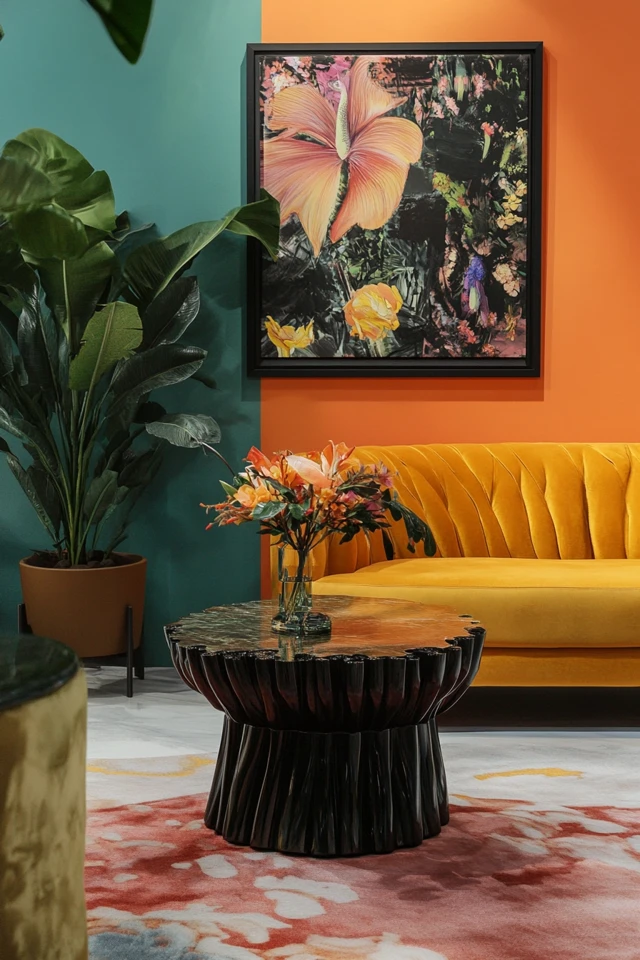
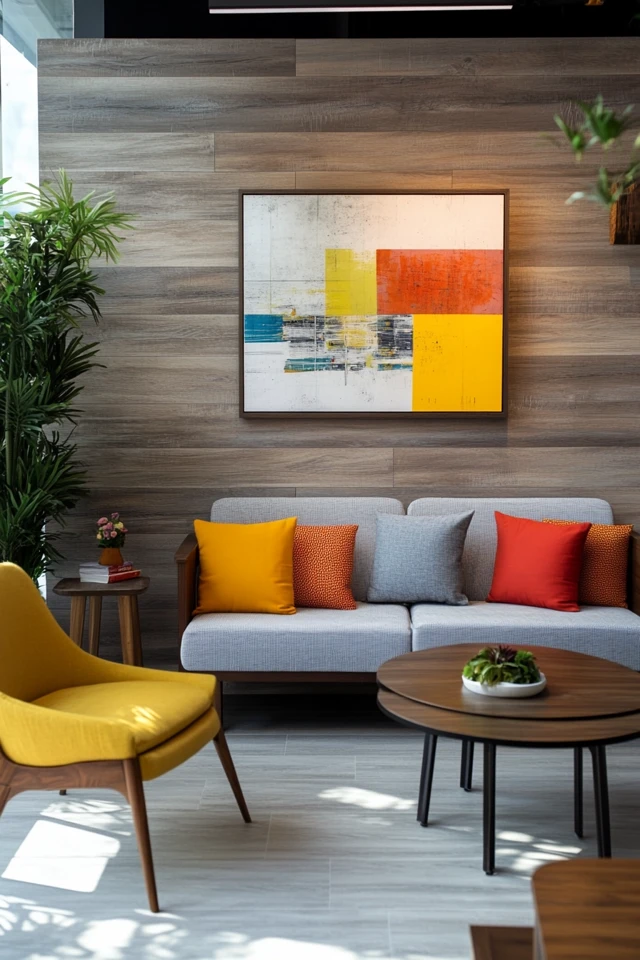
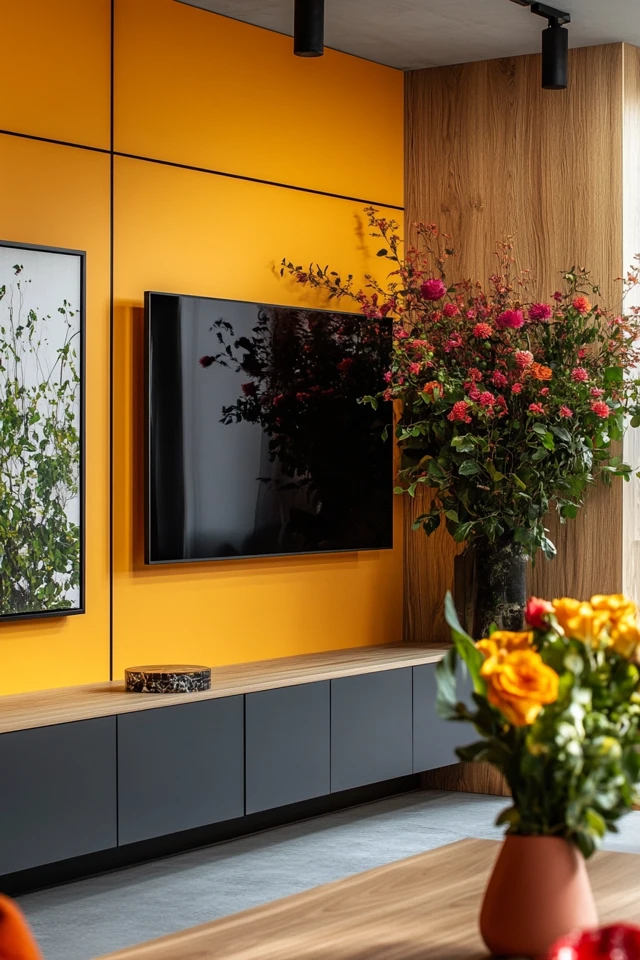
Why Modular Furniture Works So Well
Modular furniture is a game-changer because it blends flexibility, efficiency, and style in ways that traditional furniture simply can’t. Here’s why it’s so effective:
- Customizable Configurations: Modular pieces can be rearranged to fit different layouts, allowing you to adapt your furniture to your space, not the other way around.
- Space Efficiency: Designed to maximize functionality, modular furniture often includes hidden storage, multi-purpose features, or compact designs that save valuable floor space.
- Future-Proof Design: Modular furniture grows with you. Add extra sections or units as your needs change, making it a sustainable, long-term investment.
- Versatility: From sofas and shelving to desks and beds, modular furniture serves multiple purposes, easily transitioning between work, play, and relaxation.
- Stylish Appeal: Modern modular designs prioritize aesthetics as much as functionality, ensuring your home remains chic and cohesive.
Design trends highlight the importance of adaptability, especially in smaller homes or multi-purpose spaces. Modular furniture aligns perfectly with this philosophy, offering the ultimate combination of practicality and style.
How to Use Modular Furniture for Versatility: Step-by-Step
1. Identify Your Needs
- Assess your space and determine what you need your furniture to do:
- Living Rooms: Do you need extra seating for guests or a flexible layout for everyday use?
- Bedrooms: Are you looking for hidden storage or a multi-functional bed?
- Workspaces: Do you need adjustable desks or shelving that doubles as decor?
2. Choose the Right Modular Pieces
- Select furniture that meets your needs and complements your style:
- Modular Sofas: Opt for sectionals with movable seats, ottomans, or chaise lounges.
- Shelving Systems: Look for customizable units that can be expanded or reconfigured.
- Multi-Purpose Tables: Consider coffee tables that convert into dining tables or desks.
- Modular Beds: Choose designs with built-in storage, trundle options, or adjustable headboards.
3. Start Small and Build Over Time
- Modular furniture allows you to expand gradually, making it budget-friendly:
- Start with a basic sectional sofa and add extra modules as needed.
- Invest in a compact shelving unit, then purchase additional tiers or sections later.
4. Experiment with Layouts
- Rearrange modular pieces to suit different occasions or functions:
- Create an L-shaped sofa for lounging or separate the sections for individual seating.
- Use shelving units as room dividers in open-concept spaces, or stack them vertically for storage.
- Reconfigure a modular desk system to switch between solo workstations and collaborative setups.
5. Optimize for Small Spaces
- Use modular furniture to make the most of limited square footage:
- Choose modular ottomans or benches with hidden storage to reduce clutter.
- Opt for wall-mounted modular shelving to free up floor space.
- Select a foldable modular dining table that expands for gatherings and folds away when not in use.
6. Incorporate Multi-Purpose Features
- Look for modular furniture with added functionality:
- Sofas with built-in storage compartments for blankets or magazines.
- Coffee tables that transform into desks or dining tables.
- Beds with pull-out drawers or modular headboards that include shelving.
7. Use Modular Furniture as Dividers
- In open-concept layouts, modular pieces can define zones without permanent walls:
- Place a modular bookshelf between your living and dining areas.
- Use a sectional sofa to separate a lounge space from a home office.
- Create a play area for kids using low modular units as boundaries.
8. Embrace Creativity
- Don’t be afraid to think outside the box with your configurations:
- Turn a modular shelving unit into a vertical garden or a display for art and decor.
- Reconfigure a sofa into a guest bed for overnight visitors.
- Combine modular seating and tables to create a cozy reading nook or gaming area.
9. Maintain Cohesion with Style and Color
- Stick to a consistent color palette or design theme to keep modular pieces looking cohesive:
- Opt for neutral tones and clean lines for a minimalist look.
- Choose bold colors or mixed materials for a more eclectic aesthetic.
- Use accessories like throw pillows or area rugs to tie the look together.
10. Test, Adjust, and Evolve
- The beauty of modular furniture is its adaptability:
- Rearrange modules seasonally to refresh your space.
- Add new elements to accommodate lifestyle changes, like a growing family or a home office setup.
FAQ
1. What is modular furniture?
Modular furniture is designed with separate, movable components that can be rearranged, expanded, or downsized to suit different needs and spaces.
2. Can modular furniture work in small spaces?
Yes! Modular furniture is ideal for small spaces because it’s versatile, compact, and often includes multi-purpose features like storage or convertible designs.
3. How do I style modular furniture?
Keep the look cohesive by choosing pieces with similar colors or materials. Use accessories like pillows, throws, and rugs to complement the furniture and tie the room together.
4. Is modular furniture durable?
Most modular furniture is built to last, with high-quality materials and construction. However, always check product reviews and warranties to ensure durability.
5. Can I mix modular furniture with traditional pieces?
Absolutely! Modular furniture pairs well with traditional pieces when styled thoughtfully. For example, combine a modular sofa with a classic coffee table or mix modular shelving with vintage decor.
Variations
- Modern Minimalism: Use sleek, neutral-toned modular furniture with clean lines to create a streamlined, clutter-free space.
- Industrial Edge: Opt for modular furniture with metal frames, exposed hardware, and dark wood finishes for an urban vibe.
- Bohemian Chic: Combine modular sofas or shelving with colorful textiles, rattan accents, and eclectic decor for a cozy, layered look.
- Rustic Warmth: Choose modular furniture with natural wood finishes and earthy tones to create a warm, inviting atmosphere.
- Family-Friendly: Look for soft, durable modular seating and tables with rounded edges for a functional, kid-friendly space.
How to Showcase It
- Living Rooms: Arrange a modular sofa into a cozy L-shape for movie nights or split it into separate seating areas for parties.
- Home Offices: Use modular desks and shelving to create a workspace that adapts to different tasks or collaborations.
- Bedrooms: Incorporate modular beds with storage for a clutter-free, multi-functional retreat.
- Playrooms: Create flexible play areas with modular storage units and seating that can be rearranged as kids grow.
- Dining Areas: Use modular tables that expand for gatherings or fold away for compact living.
Occasions to Feature It
- Everyday Living: Modular furniture adapts to daily activities, from working at home to relaxing with family.
- Entertaining Guests: Rearrange modular seating or tables to accommodate parties, game nights, or meals.
- Moving or Downsizing: Modular furniture’s flexibility makes it easy to adjust to new spaces or smaller layouts.
- Seasonal Refreshes: Reconfigure modules to create a fresh layout for spring, summer, or holiday decorating.
- Growing Families: Add new modules as your needs evolve, like extra seating, storage, or workspace.
Conclusion
Modular furniture is the ultimate solution for versatility and adaptability, making it a perfect choice for modern living. By incorporating modular pieces into your home, you can create spaces that evolve with your needs, from cozy seating arrangements to efficient storage solutions.
The beauty of modular furniture lies in its flexibility—it allows you to experiment, reconfigure, and expand your layout without committing to a single design. Whether you’re furnishing a compact apartment or creating zones in an open-concept home, modular pieces help you maximize functionality while maintaining style.
So embrace the power of modular furniture and design a home that’s as adaptable and dynamic as your lifestyle. With these tips, your space will be ready for whatever life throws your way—no compromises necessary!

